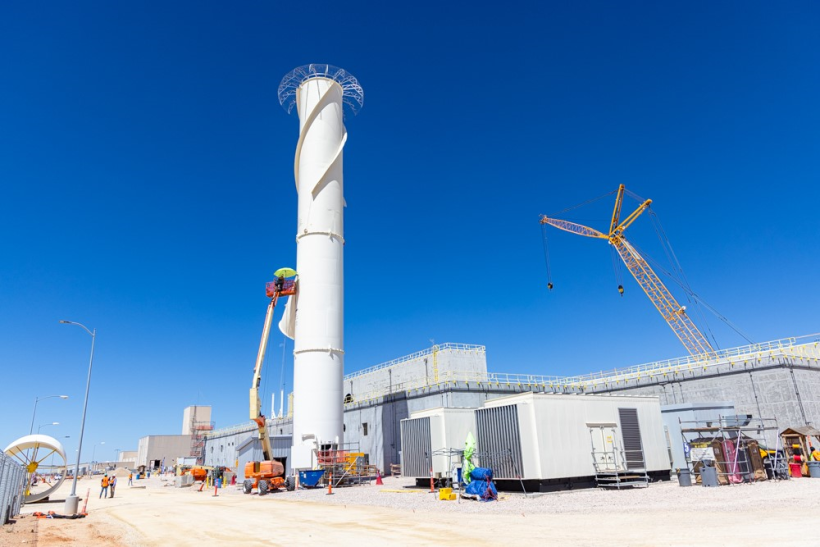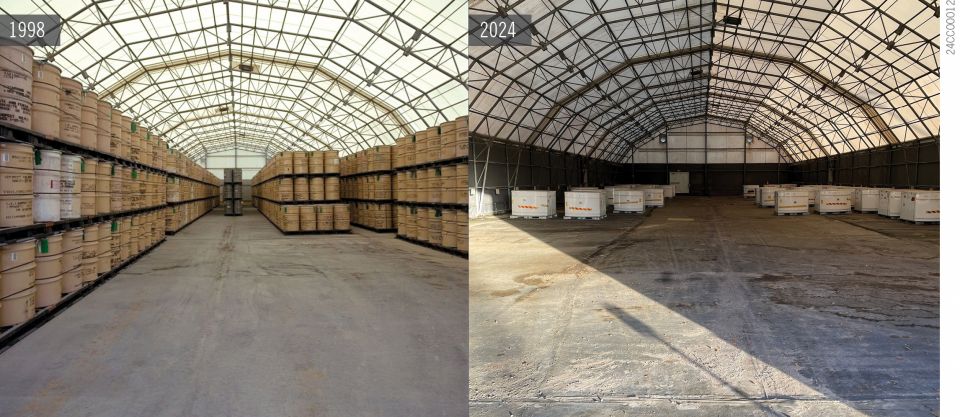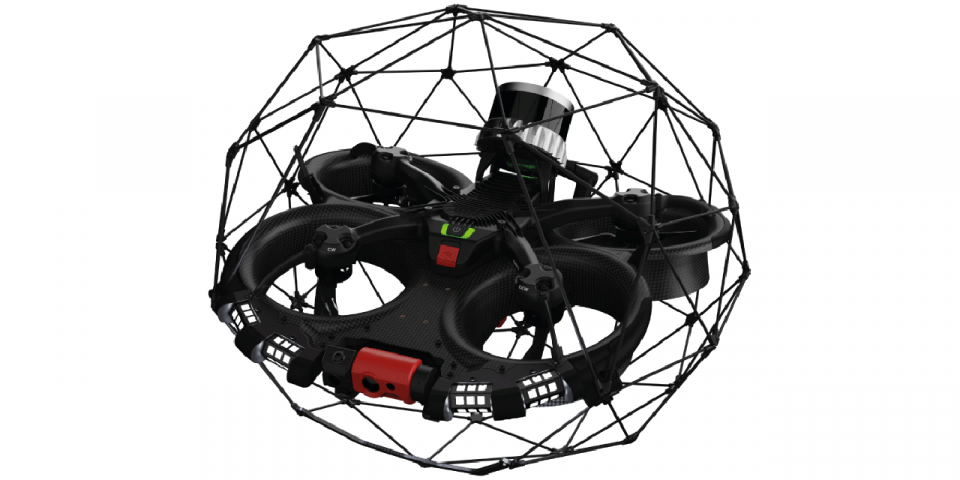The concerns: In a May 15 letter to energy secretary Jennifer Granholm, DNFSB chair Joyce Connery noted that the WIPP CAM system must be capable of performing in the presence of airborne salt particles generated from mining activities, as well as smoke and ash from accidental fires. “However, the current WIPP management and operating contractor, Salado Isolation Mining Contractors, LLC [SIMCO], has not demonstrated that the CAM system will perform its safety function in this environment,” Connery wrote.
Connery also noted that, in one area of the WIPP underground, only administrative (procedural) controls are used to reduce the risk of accidents, but not the engineered controls offered by the CAMs and SSCVS. “In the Department of Energy’s published hierarchy, engineered controls are preferred over administrative controls due to the susceptibility to human errors inherent in administrative controls,” Connery wrote.
The details: In a report dated March 21 that accompanied Connery’s letter, the DNFSB staff noted that while the CAMs used by SIMCO are robust and fitted with titanium-clad detectors to better withstand the salt dust environment, it is possible that salt dust and combustion products from a potential fire could build up on the detector. The dust and ash could shield the detector from alpha and beta radiation, preventing the system from automatically closing the SSCVS dampers and possibly allowing a radiological release.
“SIMCO has maintained that the operating environment is not considered as part of the [safety integrity level] analysis. This amounts to an assertion that the operating environment has no effect on component reliability. However, the environment in which the safety-significant CAMs operate could have a significant impact on their performance, as recognized in ANSI/ISA-84.00.01-2004,” the report states.
The report further notes that additional CAMs could be placed at the waste shaft station in the WIPP underground, which lacks engineered safety controls to mitigate accidents. When being disposed of in the WIPP underground, transuranic waste passes through the waste shaft station after being lowered through the waste shaft. It then proceeds through the repository’s waste transport path before being emplaced in the waste panel.
DNFSB staff note that to reduce the risk of accidents, SIMCO uses both administrative and engineered controls both along the transport path and at the waste panels but uses only administrative controls at the waste shaft station. “DOE Standard 3009-2014 establishes that due to the inherent uncertainty of human performance, engineered controls are preferred over administrative controls,” the report states.








